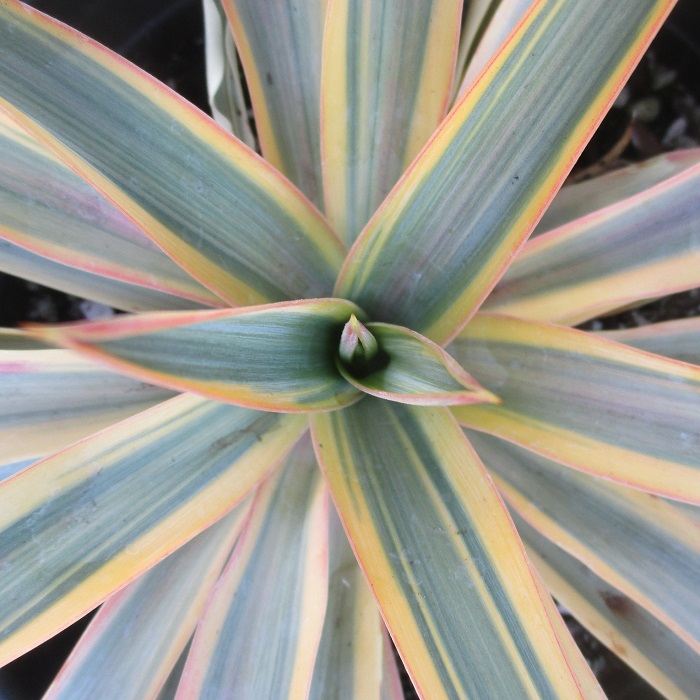UNITED STATES—This seems like bad algebra. Horticulturally, dividing and multiplying really are the same. Division is the separation of crowded perennials into smaller, but more numerous portions. It multiplies the number of individual plants. The smaller portions perform better than they did while crowded. Division is both a method of vegetative (clonal) propagation, and a form of healthy social distancing.
Many perennials are ready for dividing about now. They finished blooming through spring or summer, and are going dormant for winter. Some defoliate. Division is not so disruptive to them while they rest. Cool and damp weather keeps them hydrated. They can disperse roots and resume growth as winter ends, as if nothing ever happened. They should bloom right on schedule next year.
The most popular perennials grow for many years before getting overgrown enough to benefit from division. Some may technically never need dividing. They manage to perform adequately even as dense thicket growth. For some, division is primarily for propagation. Only a few perennials appreciate annual division. Perennials that bloom in autumn or winter prefer division in early spring.
Here are some examples:
Pigsqueak will bloom later in winter. Dividing it now with other perennials would inhibit and retard the blooming process. It will be ready for dividing before winter ends, so can settle in with the last winter and spring rain. The same applies to Japanese anemone, which might still be blooming now. Dividing these two perennials is typically for propagation or containment, rather than crowding.
Lily of the Nile and African iris do not need dividing often, but when they do, it can be a major chore. For moderate crowding, it is relatively easy to pluck many individual shoots without disturbing remaining shoots. However, it is typically more practical to dig bulky colonies, divide them into individual shoots, and then plant the shoots. African iris shoots work best in groups of 5 to 12.
Lily of the Nile, with dividing earlier than later, disperses roots in winter, to bloom for summer.
Highlight: Curve Leaf Yucca
Some perennials are too easy to grow. Curve leaf yucca, Yucca recurvifolia (or Yucca gloriosa ‘Tristis’), is remarkably resilient. It migrates slowly but surely. If it becomes obtrusive, it is difficult to contain and remove. Removal of foliar rosettes above does nothing to slow the roots below. The roots merely produce new foliage. Of course that can be a distinct advantage for harsh conditions.
The striking foliar form resembles that of other species of Yucca, except that it reliably arches softly downward. Foliage is not as soft as it seems though. Each leaf terminates with a sharp spine. Sharp edges can cause wicked paper cuts. Foliar color is bluish gray. Although, variegated cultivars are increasingly popular. Old plants can develop trunks that slowly grow more than six feet tall.
Tall and elegant spikes of relatively small creamy white flowers stand grandly above the evergreen foliage in late spring or summer. Bloom is best with warm and sunny exposure, and lasts a long time. Viable seed is rare. Propagation by division of some of the many pups is simple though. Popular variegated cultivars exhibit more docile growth with fewer pups, but bloom less abundantly.
Horticulturist Tony Tomeo can be contacted at tonytomeo.com.






